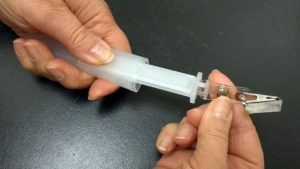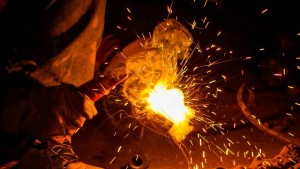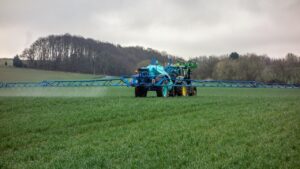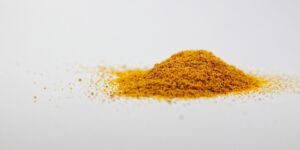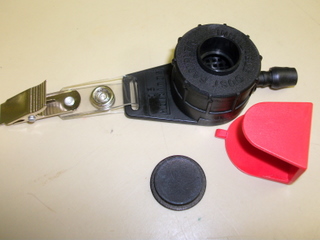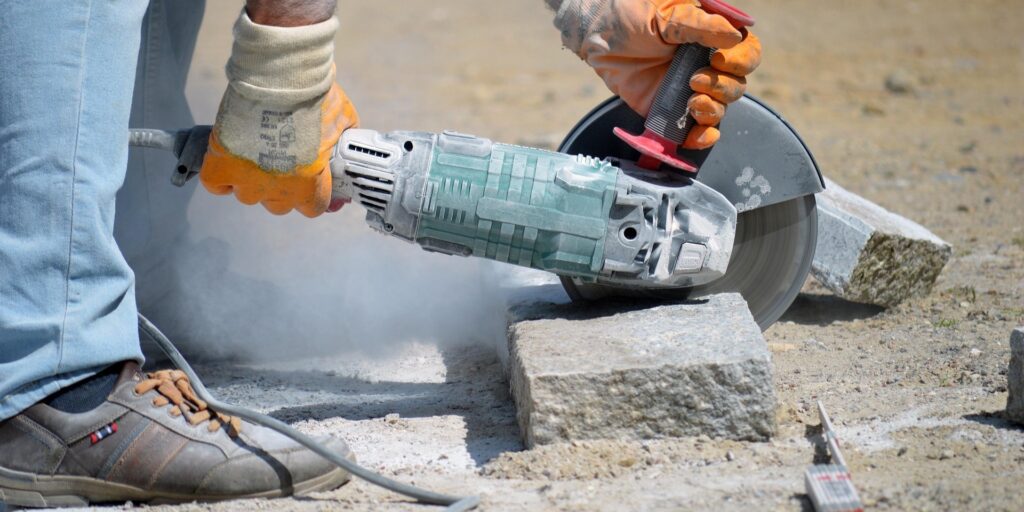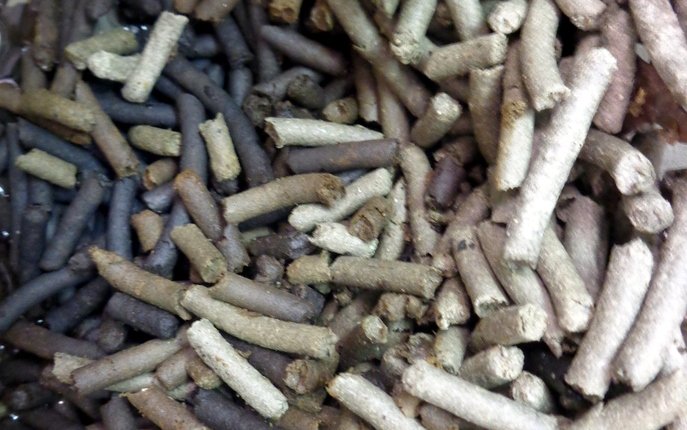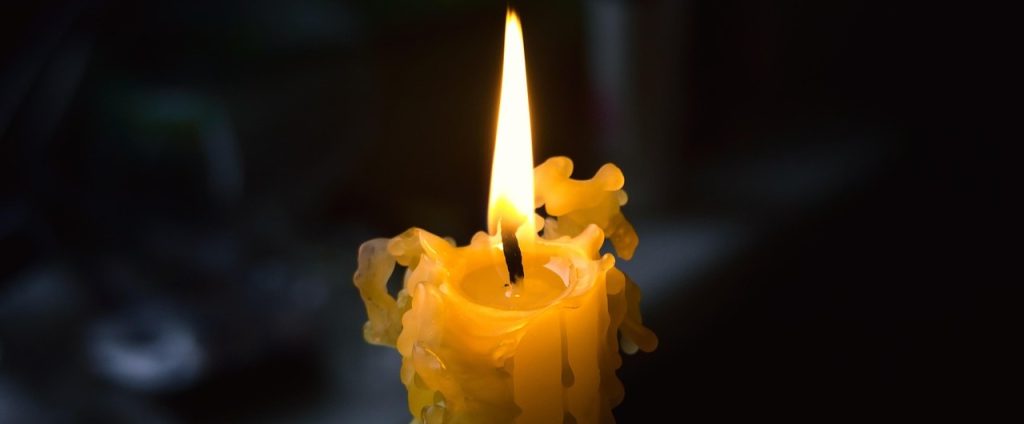Air Sampling and Laboratory Testing for Crystalline Silica Exposure
LCS Laboratory Inc. offers standard air sampling equipment, laboratory testing, and detailed laboratory reports to help assess air quality and potential exposure to respirable crystalline silica in various industrial settings.
What is Crystalline Silica?
Silica, also known as Silicon Dioxide (SiO₂), is a white polymorphous mineral commonly found in soil, construction materials, and natural rock formations. Silica concentration in these materials ranges from a few percent in substances like clay and limestone to over 90% in gravel, sand, and other natural minerals. Silica can exist in amorphous (e.g., Opal or man-made Silica Gel) or crystalline forms like Quartz, Cristobalite, Tridomaite, and Tripoli.
T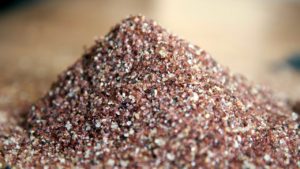 he most prevalent form of crystalline silica is Quartz, which makes up over 99% of silica in geological deposits—sand being a prime example of pure quartz. A less common form, Cristobalite, forms at high temperatures and can be found in nature as inclusions in volcanic materials like obsidian.
he most prevalent form of crystalline silica is Quartz, which makes up over 99% of silica in geological deposits—sand being a prime example of pure quartz. A less common form, Cristobalite, forms at high temperatures and can be found in nature as inclusions in volcanic materials like obsidian.
Industries at Risk for Crystalline Silica Exposure
Workers may be exposed to respirable crystalline silica dust when they work with sand, stone, or natural rock, such as:
- Construction and demolition
- Cement production
- Mining and quarrying
- Metal forging and casting
- Tool manufacturing
Understanding Respirable Crystalline Silica and Health Risks
The dangerous form of crystalline silica is the respirable fraction—particles smaller than 10 microns that can penetrate deep into the lungs. Respirable silica dust exposure has been associated with serious respiratory health risks, including silicosis, lung cancer, and other respiratory conditions. Ensuring a safe working environment requires monitoring and controlling exposure to this fine particulate matter.
Our Testing Methods for Crystalline Silica Exposure
LCS Laboratory follows the NIOSH 7602 method, one of the standard techniques for assessing respirable crystalline silica. This involves: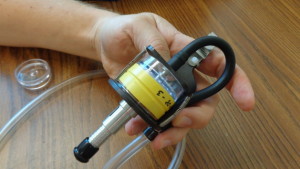
- Collecting a personal air sample of respirable dust using a sampling cyclone with a 37 mm cassette and a PVC filter.
- Cyclone filtration: The cyclone device removes larger quartz particles, capturing only the respirable silica dust fraction on the filter for accurate analysis.
- Laboratory Analysis: After collection, samples are analyzed at our ISO 17025-accredited laboratory to ensure high-quality, reliable results that meet regulatory standards.
Our sampling equipment and procedures are designed to be straightforward, enabling accurate collection and analysis of airborne crystalline silica in a variety of work environments.
Order Silica Sampling Supplies or Discuss Your Project
LCS Laboratory Inc. provides the necessary supplies and expertise to help you assess and control respirable silica exposure. For more information on silica air sampling equipment or to discuss the needs of your project, please contact us today.



